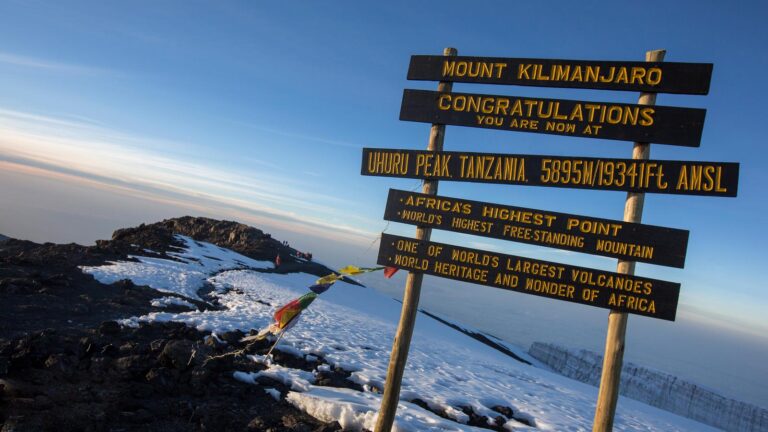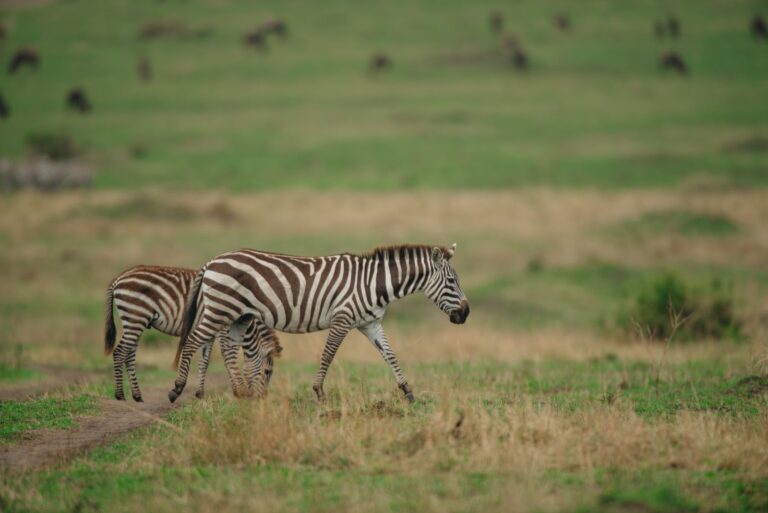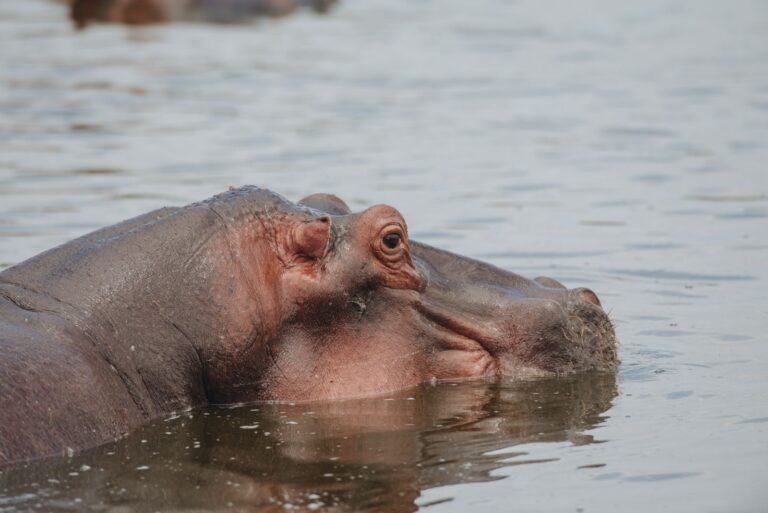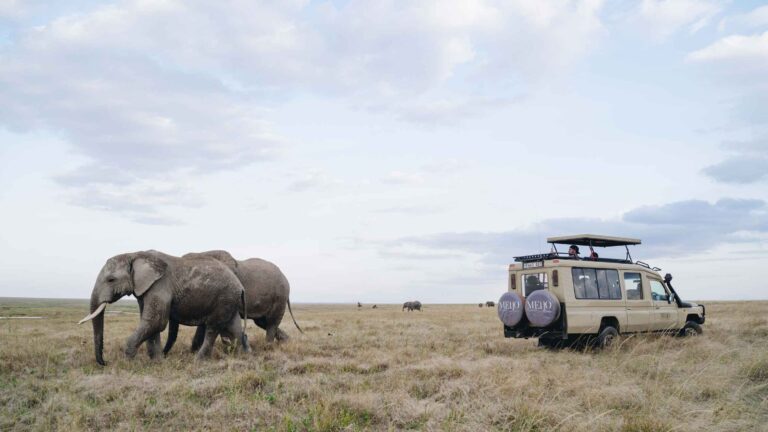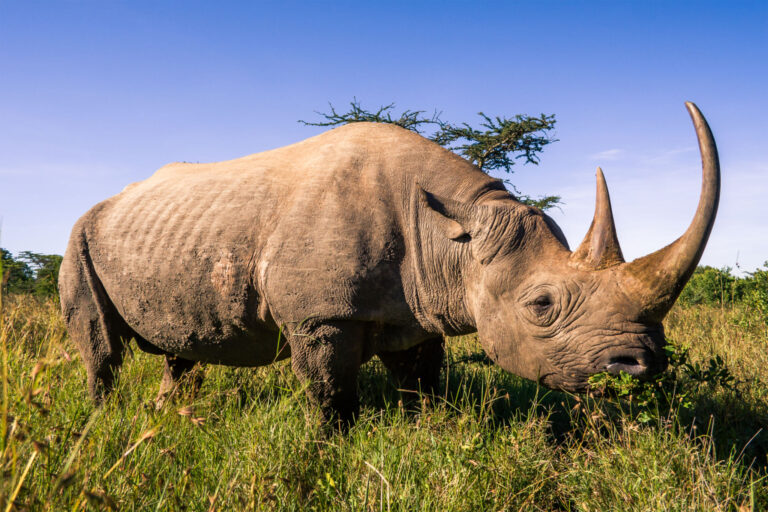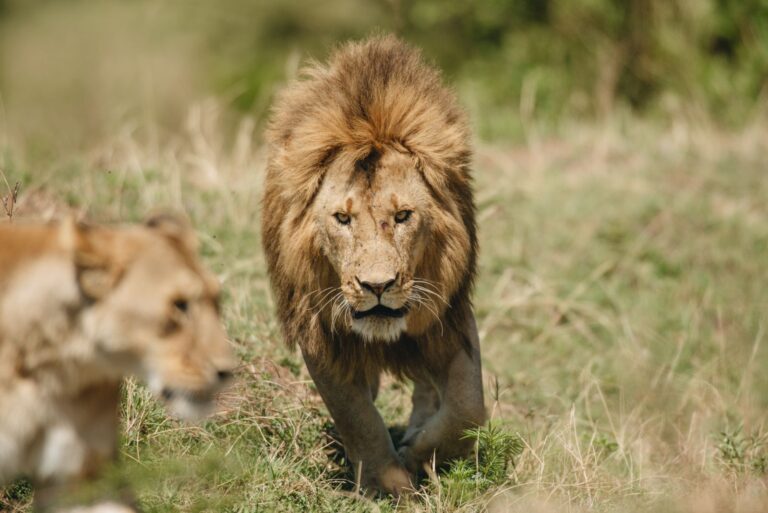Serengeti National Park
Everything you need to know about the Serengeti National Park: location, best time to visit, animals, hotels, activities, prices, and more.
Serengeti National Park destination tips.
The name Serengeti comes from Maasai words that mean “endless plains” (land with no end). The 15,000-square-kilometer Serengeti National Park is located on a high plateau in northern Tanzania, straight east of Lake Victoria. This area is known for having many animals, notably large cats, and it is also where “the great migration” happens.
There are three separate parts of the park: the Seronera Valley, the Western Corridor, and the Northern Lobo Circuit. The calving of the wildebeest is what the Seronera Valley is best known for. The event happens during a two-week period in February and March. During this time, more than 400,000 calves will be born. There will always be predators like lions, cheetahs, leopards, and hyenas hunting for an effortless meal since there is so much wildlife.
The Serengeti is so large that some areas are better for seeing animals at certain times of the year, depending on herd movement.
The park has 500 bird species, some of which are migratory. There are many different kinds of birds because there are so many different kinds of habitats, such as dry bush, grasslands, salt lakes, and riverine forests. There are more types of birds in the Serengeti environment than there are in all of North America.
Where to go in the Serengeti National Park
Seronera Area
Known for its year-round amazing game watching, the expansive and diverse central Serengeti provides a variety of lodging choices to accommodate every need, ranging from opulent lodges to basic tented camps.
Kogatende Area - Lobo Area
This region is the primary location for the migration from July to October, with the potential to witness perilous river crossings. However, it is home to a diverse array of wildlife year-round, bordering the Masai Mara to the north.
Western Corridor and Grumeti
The Western Corridor of the Serengeti is the best place to watch for the migration around June, when the herds begin to cross the Grumeti River, and the nearby private Grumeti Game Reserve provides a unique wildlife watching experience.
Ndutu Plains
From late December to March, the migratory herds of wildebeest and zebra meet on the endless verdant plains of the southern Serengeti and Ndutu to graze and calve, thereby attracting a large number of predators.
Best Time to visit Serengeti National Park
The Best Time to Visit The Serengeti National Park is in the Dry season (from late June to October). This period offers the best wildlife viewing in general – with the Serengeti Wildebeest Migration as its absolute highlight. Wildlife viewing is good throughout the year, but certain areas are better at specific times.

Top Activities in Serengeti National Park

Gamedrives
Most animals of the park are active during cooler hours of mornings and evenings. Sunrise game drive is an excellent way to observe leopards, lions, cheetahs, hyenas and many others.

Migration Tours
Witnessing the annual Wildebeest Migration would be an amazing experience for you. Millions of wildebeests and zebras take the journey into the Masai Mara in Kenya.

Walking Safaris
You may have the chance to take a guided nature walk, depending on where you are staying. These nature walks give you the chance to indulge in the local flora and fauna and enjoy the quiet part of the park.

Air Balloon
Witness the park from thousands feet above on Hot Air Balloon experience. Enjoy a unique view while spotting the inhabitants of the park along with the tranquil atmosphere.

Flying Safaris
Skip the lengthy hours on the road and spend more time immersed in Tanzania's national parks' stunning scenery and animals.
Explore More Destinations

DAUDI MOLLEL
Safari Specialist
Experienced Safari Experts
You will have the opportunity to plan your journey with knowledgeable Safari Specialist who will guide you every step of the way. Embrace a life where you can dedicate more time to living the experience, rather than getting caught up in researching, worrying, and comparing.

